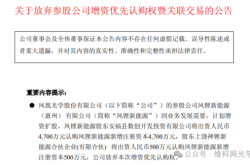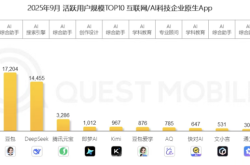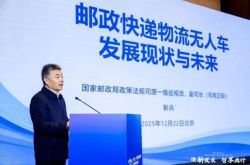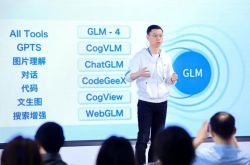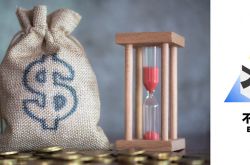Automotive executives shuffle at SAIC Motor as autumn arrives
![]() 08/15 2024
08/15 2024
![]() 445
445
With Wang Xiaoqiu taking over as chairman, a radical shake-up of the company's personnel is underway. Under the pressure of significant changes in the domestic auto market, SAIC Motor is facing its biggest wave of personnel changes in nearly a decade, affecting key segments such as SAIC Passenger Vehicle, SAIC-GM-Wuling, SAIC Volkswagen, and SAIC-GM, with swift adjustments being made.
The new leadership team tends to be younger, with frontline experience in technology, marketing, supply chain, and overseas markets. Clearly, this large-scale adjustment goes beyond routine mid-year personnel changes.
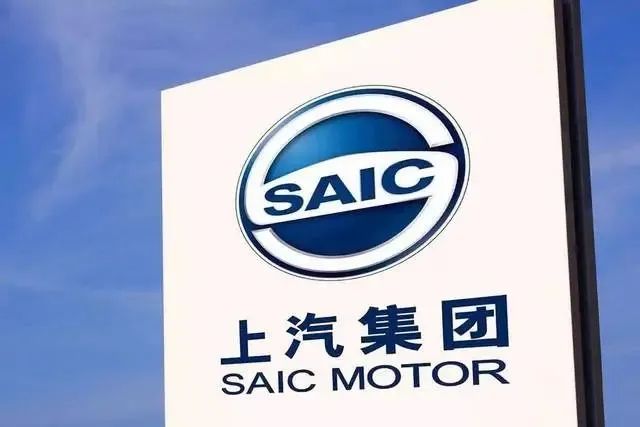
On July 10, after Chen Hong retired, Wang Xiaoqiu succeeded him as chairman of SAIC Motor, while Jia Jianxu was promoted from general manager of SAIC Volkswagen to president of SAIC Motor.
On August 9, SAIC-GM announced new personnel arrangements: Lu Xiao succeeded Zhuang Jingxiong as general manager, Wang Conghe became executive vice president of Pan Asia Technical Automotive Center, Cai Bin returned as secretary of the Party committee, and Xue Haitao succeeded Lu Yi as vice president in charge of marketing.
On August 14, SAIC Volkswagen made senior management adjustments, with Tao Hailong concurrently serving as secretary of the Party committee, and Fu Qiang taking over as executive vice president of sales and marketing. On the same day, SAIC Passenger Vehicle also announced new personnel appointments: Yu Jingmin became executive vice president, and Zhu Yong was appointed vice president.
It was also reported that Pu Chunxu, currently SAIC Passenger Vehicle's chief marketing officer, would be transferred to SAIC International to oversee overseas marketing efforts.
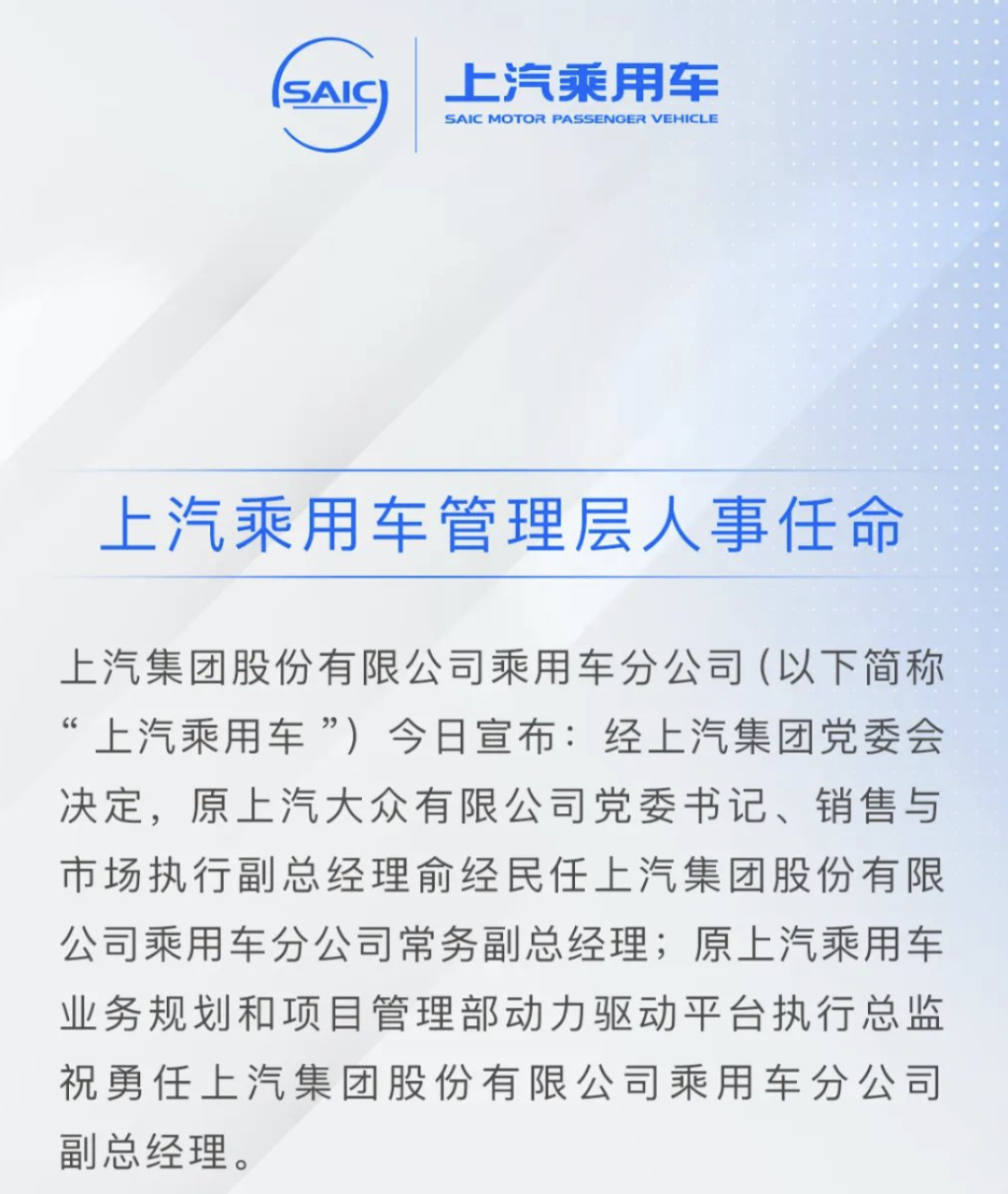
Facing pressure on sales and profits, SAIC Motor urgently needs a breakthrough
The recent senior management reshuffle at SAIC Motor highlights the company's development bottleneck, particularly the sluggish performance of its joint venture segment. Not only SAIC but also the entire auto industry has seen nearly a hundred executive changes this year, reflecting intense competition and profound transformation within the sector. An auto industry analyst pointed out to Auto Talk that "automakers need a more professional, innovative, and efficient leadership team under immense pressure."
Although SAIC Motor still holds a significant share in the domestic auto market, it has been surpassed by BYD, losing its position as the monthly sales leader. Some institutions predict that SAIC Motor, which has been the domestic sales leader for 18 consecutive years, may be comprehensively surpassed by BYD this year.
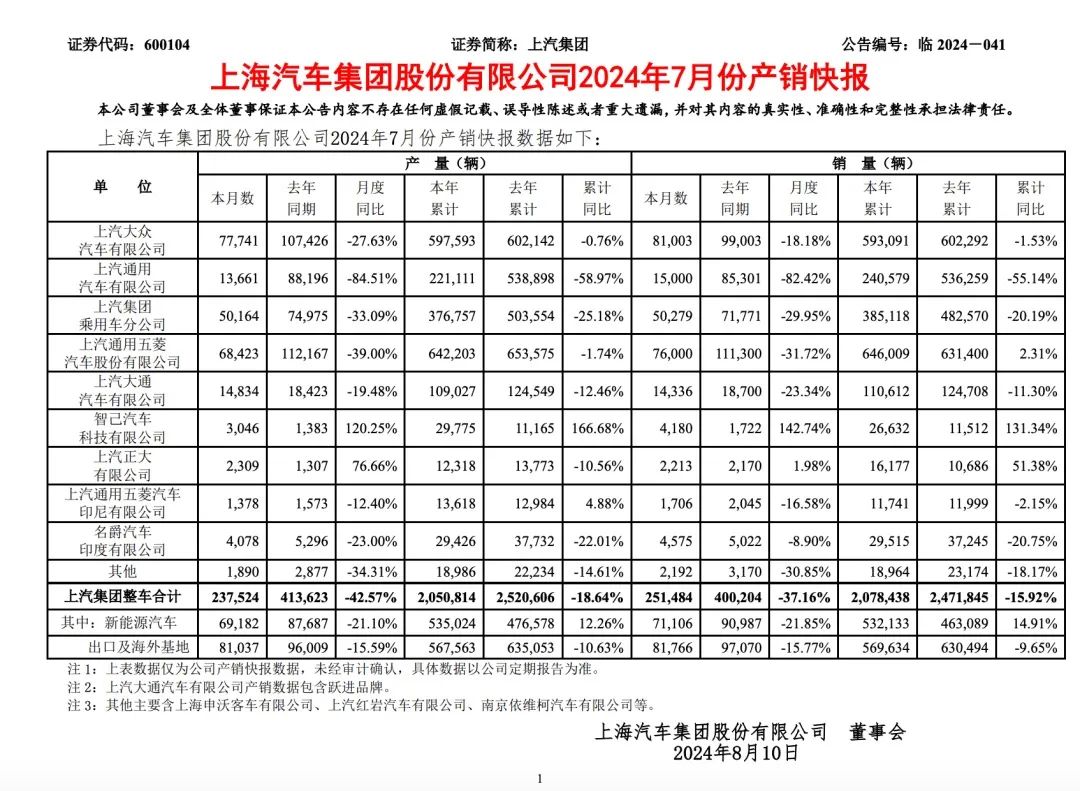
According to SAIC Motor's July 2024 production and sales report, 251,484 vehicles were sold in July, a significant year-on-year decline of 37.16%. Cumulative sales for the first seven months of the year were 2,078,438 vehicles, down 15.92% year-on-year. Sales of SAIC's brands generally declined, with greater pressure on joint ventures and independent brands. SAIC-GM's cumulative sales for the year have halved.
Specifically, SAIC-GM sold only 15,000 vehicles in July, an 82.4% year-on-year plunge. Cumulative sales for January-July were 241,000 vehicles, down 55.1% year-on-year. SAIC Passenger Vehicle sold 50,000 vehicles in July, down 30% year-on-year, with cumulative sales of 385,000 vehicles for the first seven months, down 20.2% year-on-year. SAIC MAXUS' cumulative sales for January-July also declined by 11.3% year-on-year.
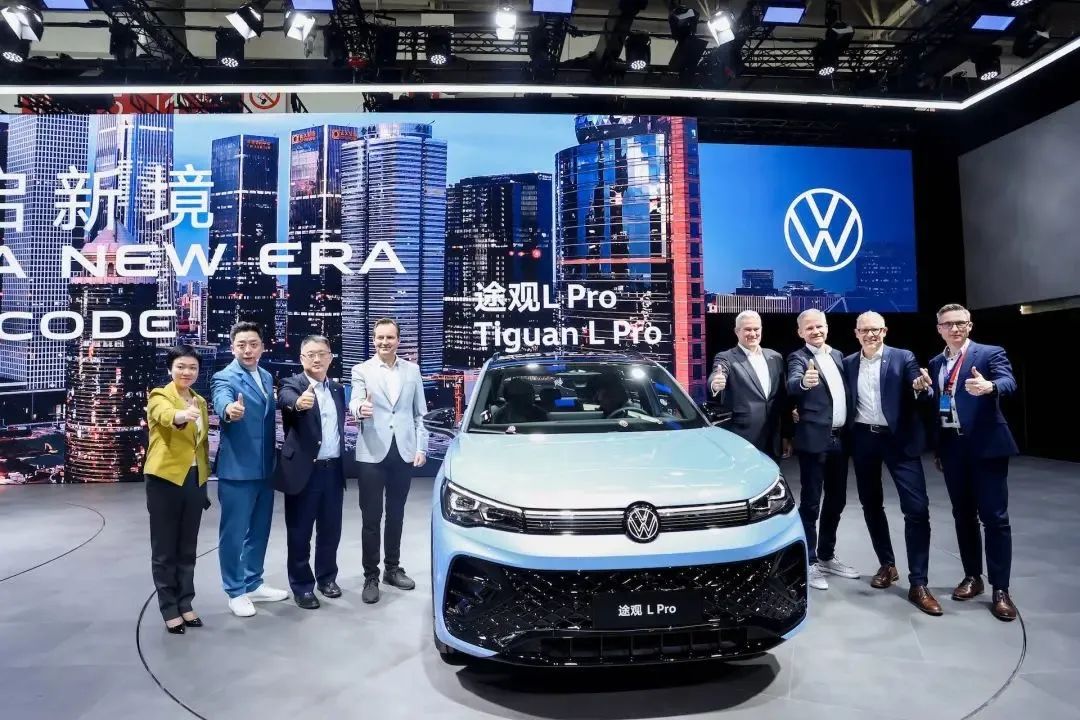
Former "joint venture cash cows" SAIC Volkswagen and SAIC-GM have seen significant declines in their growth and revenue generation capabilities. In the first half of the year, SAIC Volkswagen's sales remained largely flat, with a slight increase of 1.75%. Despite significant price cuts, SAIC-GM's sales still halved, with 226,000 vehicles sold in the first half, down 49.98% year-on-year.
Meanwhile, as SAIC's premium new energy vehicle brand, IM Motor achieved 129.34% growth, but its cumulative sales for the first half were only about 22,400 units. Additionally, with the downturn in the micro-electric vehicle market, SAIC-GM-Wuling's growth in the new energy market has slowed.
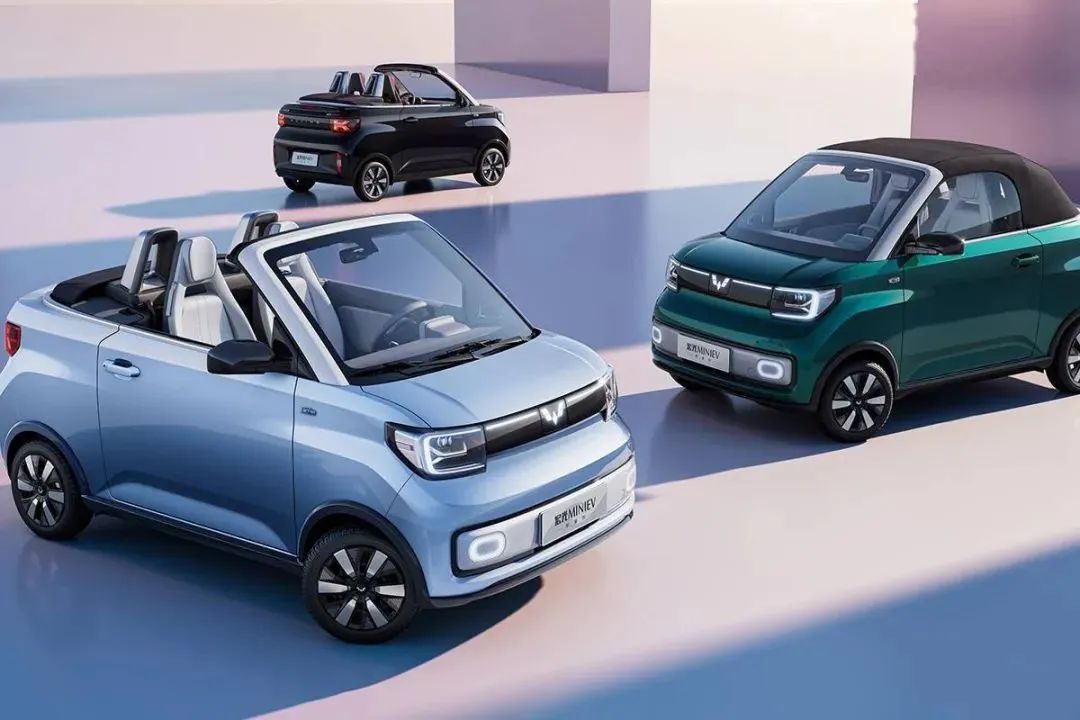
Generational shift: Many executives return to their former employers
As the most struggling segment of SAIC Motor, the simultaneous replacement of SAIC-GM's top two executives significantly reflects Wang Xiaoqiu's eagerness to reverse the company's downturn.
Xue Haitao, born in 1982, has held various positions at SAIC-GM-Wuling since joining in 2007, including director of administration and public relations and vice president of the sales company, before becoming general manager. During his tenure, he successfully launched popular models such as the Hongguang MINIEV and Wuling Bingguo, driving the brand's new energy transformation and overseas business expansion.
Lu Xiao, who had a strong technical background as executive vice president of Pan Asia Technical Automotive Center before becoming general manager of SAIC-GM, clearly embodies the company's hopes for a sales recovery.
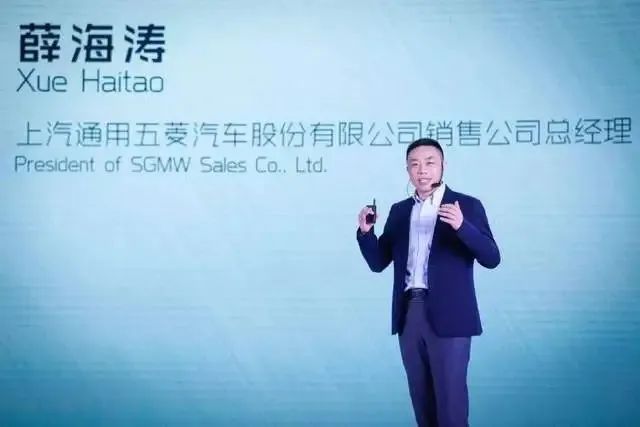
Apart from SAIC-GM, Yu Jingmin's return to SAIC Passenger Vehicle has also attracted much attention. During his seven years at SAIC Passenger Vehicle, Yu Jingmin, together with Wang Xiaoqiu, then general manager, and Tao Hailong, then vice president, led the integration and adjustment of the Roewe and MG brands towards youthfulness and globalization. The launch of the Roewe RX5 Internet SUV marked a brilliant era, and MG's overseas sales soared. In just four years, SAIC Passenger Vehicle's sales increased from 180,000 vehicles in 2014 to 700,000 vehicles in 2018.
"Yu Jingmin's return is seen more as a 'firefighter' role, leveraging his deep understanding of SAIC Passenger Vehicle and rich experience to quickly steer the company out of its current sales dilemma ," an industry insider told Auto Talk candidly.
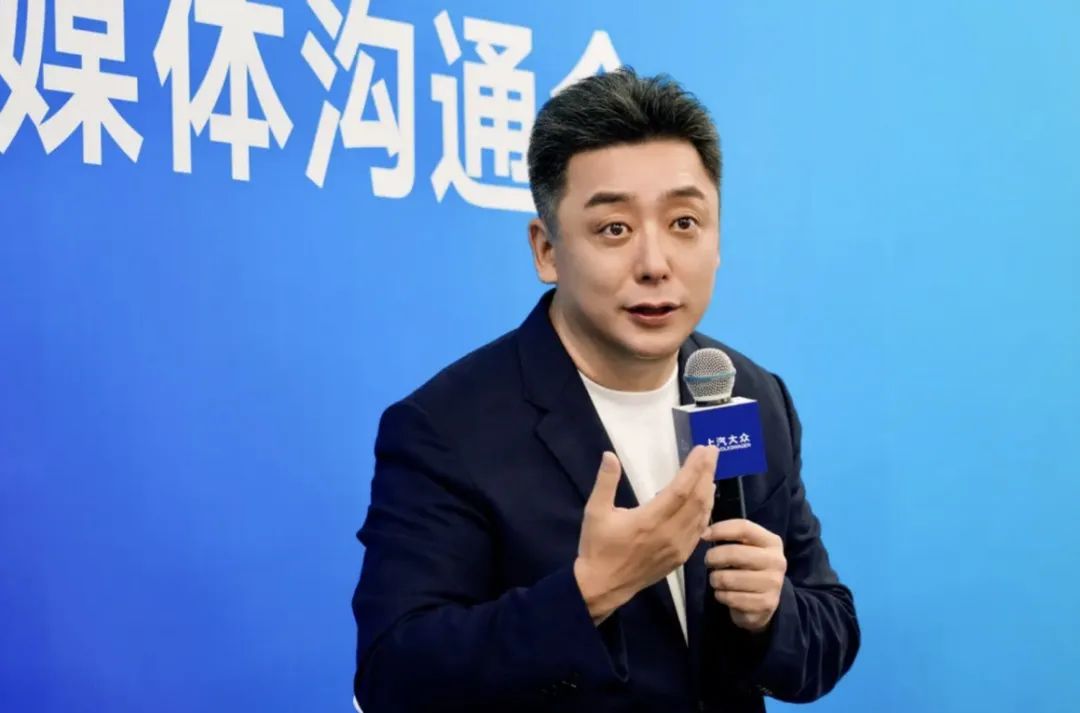
Another notable phenomenon in this large-scale personnel reshuffle is the return of executives like Yu Jingmin, Pu Chunxu, and Cai Bin to their former employers.
Pu Chunxu, who returned to SAIC International, also boasts impressive achievements in overseas marketing. During his tenure at SAIC International, the company's overseas sales reached 390,000 vehicles in 2020, up 11.3% year-on-year, accounting for more than one-third of China's total overseas auto sales and ranking first nationally for five consecutive years. In 2022, SAIC's overseas sales soared to 1.017 million vehicles, up 45.9% year-on-year, setting a new record.
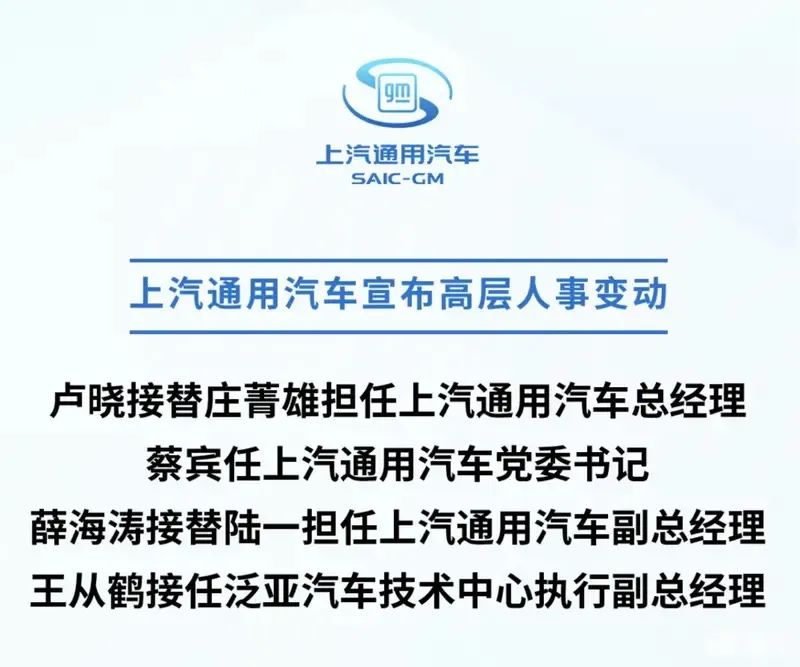
Cai Bin, another executive who returned to his former employer, was appointed vice president of SAIC-GM in 2009. Under his leadership, Shanghai GM ranked first in annual domestic passenger vehicle sales for four consecutive years.
It can be said that these three executives, who have returned to their former employers, have all achieved remarkable results in the past, and their returns represent an opportunity to leverage their strengths.
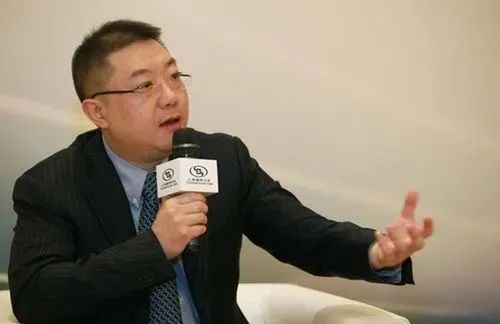
Strengthening technological labels: A comprehensive leap into the 2.0 era
In the longer term, SAIC Motor's current personnel adjustments aim not only to address current sales challenges but also to prepare for a comprehensive leap into the 2.0 era.
According to SAIC Motor's "2024 Quality Improvement and Efficiency Enhancement Action Plan," the company will accelerate sales growth in its independent brands, new energy vehicles, and overseas markets in 2024.
In the independent brand segment, the company will focus on product innovation and new media marketing transformation based on the "Three-Year Action Plan for New Energy Vehicle Development" announced in 2023. For Wang Xiaoqiu and Jia Jianxu, improving the quality-to-price ratio of independent brand products, accelerating the new energy transition, and expanding sales volumes are more pressing priorities.
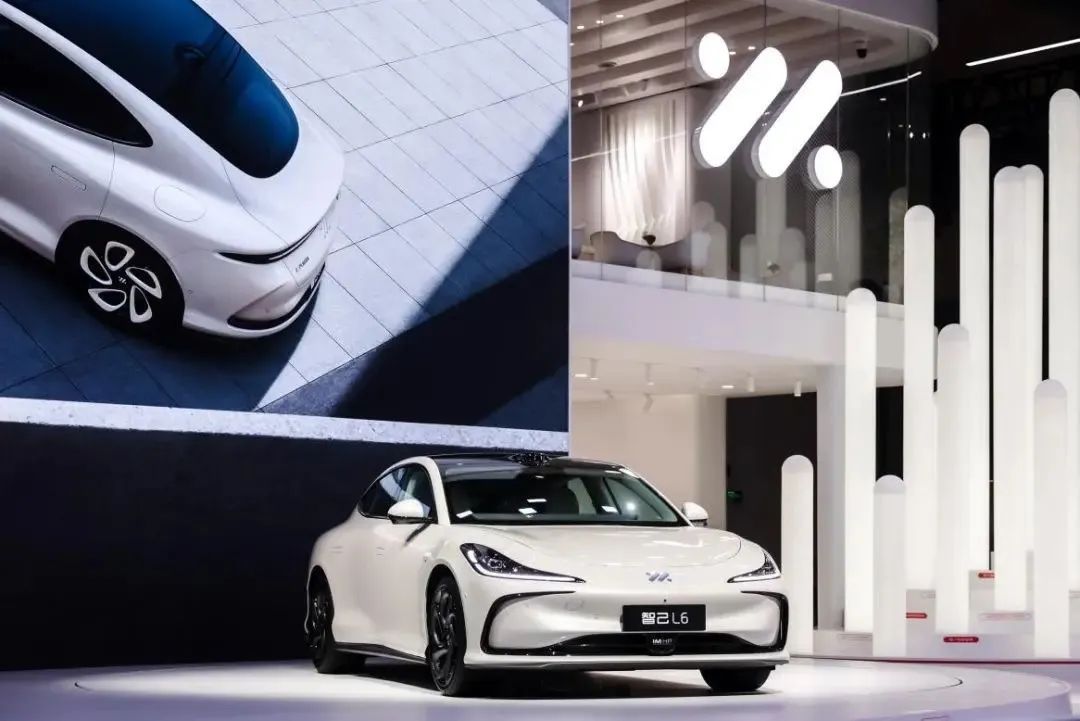
In May this year, SAIC Motor showcased seven technological foundations in the new energy vehicle field, including three vehicle platforms for pure electric, hybrid, and hydrogen energy, as well as battery, electric drive, super hybrid system, and full-stack smart vehicle solutions.
According to SAIC Motor's plan, by 2025, the company will fully implement its 3.0 full-stack smart vehicle solution featuring "central computing + regional control," enabling mass production of L3-level autonomous driving.
In 2026, SAIC Motor will officially mass-produce all-solid-state batteries with an energy density exceeding 400Wh/kg. By the same year, the company will achieve a total electric drive power density of 4.4kW/kg, exceeding the industry average by more than 40%, and improve the thermal efficiency of its hybrid drive system to 46%.
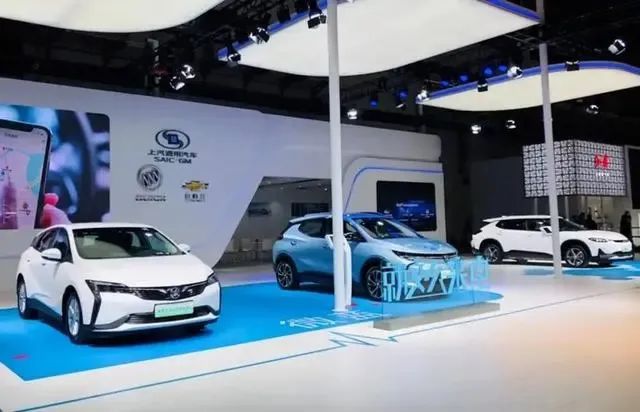
Additionally, the wire-controlled intelligent chassis technology, which integrates vehicle motion integrated control technology, will be phased into mass production in 2026. Jia Jianxu has stated, "Each segment of SAIC Motor must firmly grasp the opportunities and strive to increase market share. The group will leverage core technologies such as DMH super hybrid and solid-state batteries while focusing on fuel vehicles, pure electric vehicles, and hybrid vehicles."
As the country's leading automaker for 18 consecutive years, SAIC Motor's business covers multiple areas, including complete vehicles, components, mobility services, finance, international operations, and innovative businesses, forming a comprehensive layout led by the vehicle business with mutual support and coordinated development across segments. Therefore, this personnel adjustment is crucial for SAIC Motor.
In the fiercely competitive year of 2024, price wars, traffic wars, and marketing wars continue unabated. SAIC Motor urgently needs to enhance the influence of its independent new energy passenger vehicles and expand its market share. Meanwhile, through a diversified layout, the company will strengthen localized and tailored overseas strategies to adapt to changing internal and external environments and industry landscapes. The new era for SAIC Motor has arrived.

